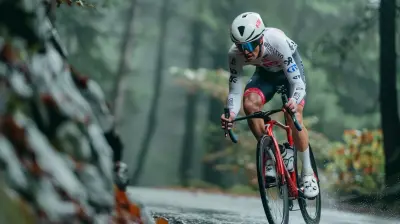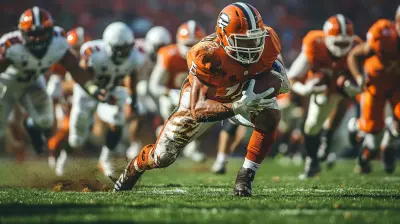The Role of Hydration in Cycling Performance
19 July 2025
Picture this: you're halfway through a grueling 60-mile ride, the sun is pounding down, your legs are screaming, and your water bottle is bone dry. That sluggish feeling, those cramps creeping in, and the sudden dip in power – guess what? You're dehydrated. And trust me, it’s not just about being thirsty.
Hydration is one of the most underestimated tools in a cyclist’s arsenal. It’s not as sexy as that carbon frame or those aerodynamic wheels, but without proper hydration, all the fancy gear in the world won't save you. In cycling, where endurance, speed, and mental sharpness can be the difference between winning or bonking, hydration plays a role far bigger than most realize.
So buckle in (or clip in, should I say), because we’re about to dive deep—really deep—into the mysterious and performance-altering world of hydration.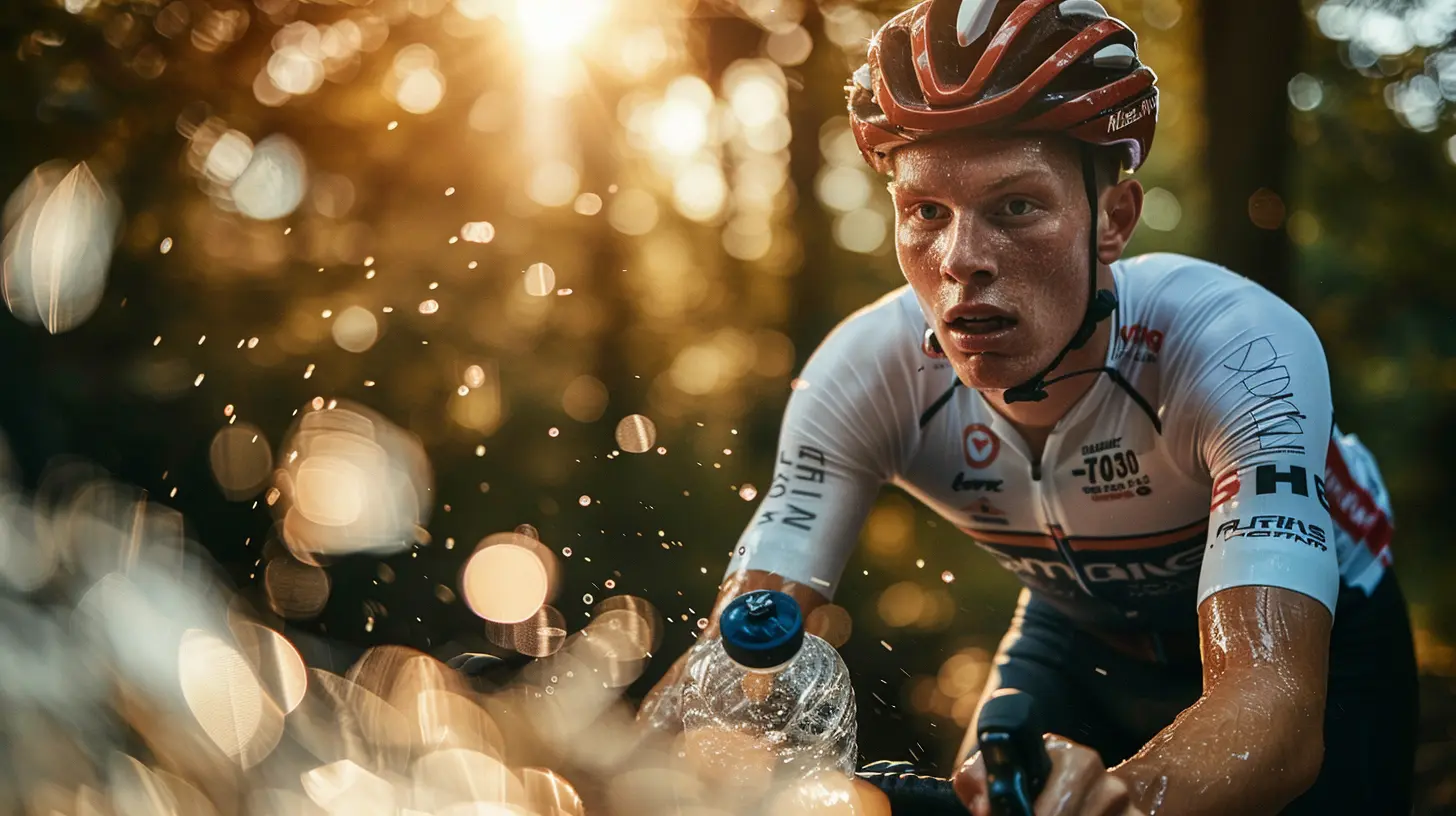
Why Hydration Is Way More Than Just "Drinking Water"
Let’s get one thing straight – hydration isn’t about chugging a gallon of water and calling it a day. It’s about fluid balance, electrolyte management, and understanding your body’s unique needs during and after those punishing rides.Think of your body like a high-performance engine. What happens when there’s not enough coolant in a car? It overheats and breaks down. Same deal with your body. Sweat is your cooling system in overdrive, and when you’re losing more than you’re taking in, performance plummets.
You don’t have to be crossing the Alps for dehydration to hit hard. Even low-level fluid loss (we’re talking 2% of your body weight) can reduce endurance, impair focus, and throw your entire ride off balance.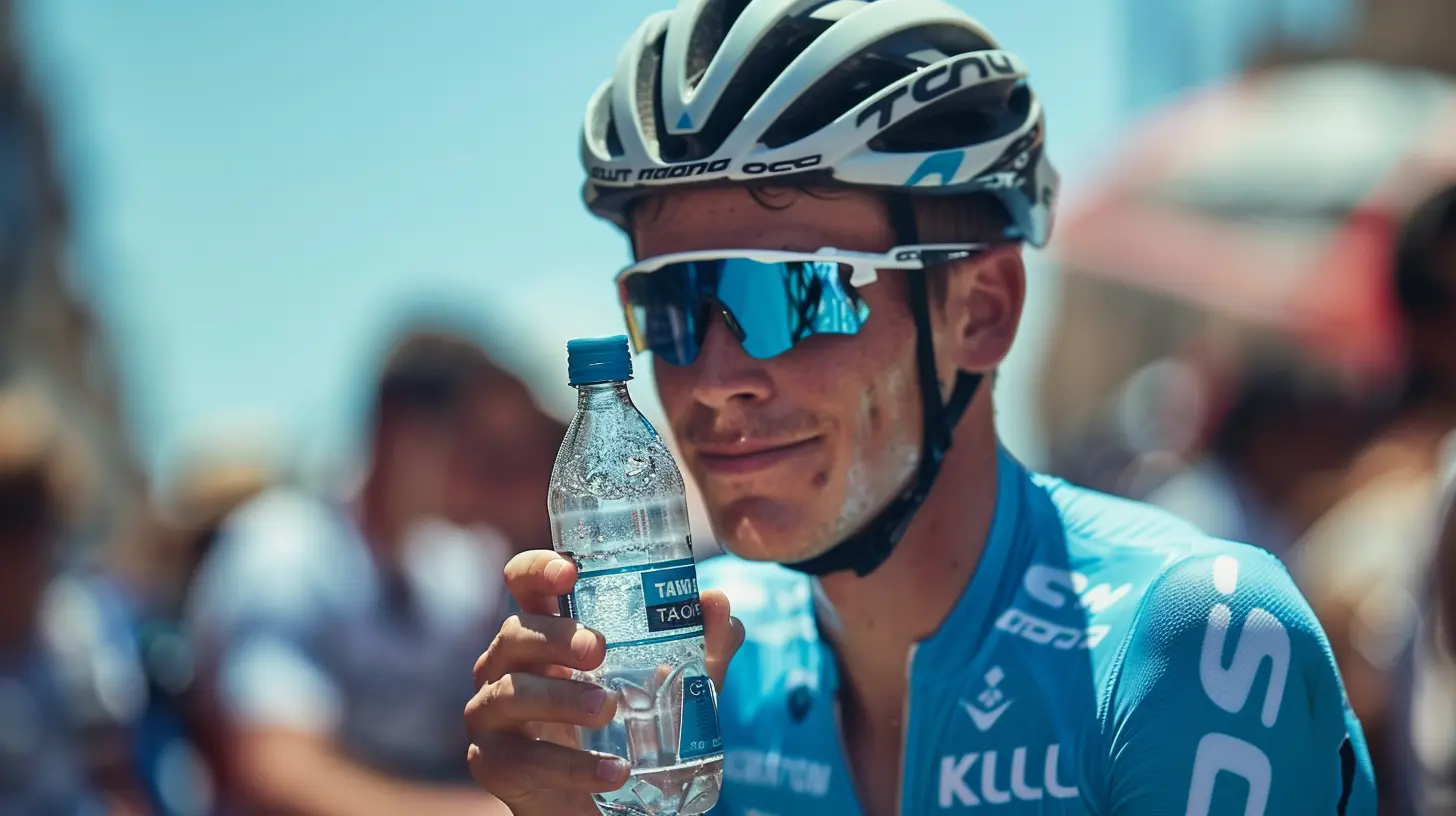
The Science-y Stuff (But Not Too Science-y)
Okay, don’t glaze over just yet.When you sweat, you lose water and electrolytes — mostly sodium, but also potassium, magnesium, and calcium. These guys are essential for muscle contraction, nerve function, and cellular hydration. Without proper balance, muscles can cramp, reflexes get sluggish, and energy levels nosedive.
Ever felt brain fog after a long ride? That’s your brain running on low fluid. Your blood volume drops, making your heart work harder to pump oxygen. Not ideal when you’ve still got miles to go and hills to conquer.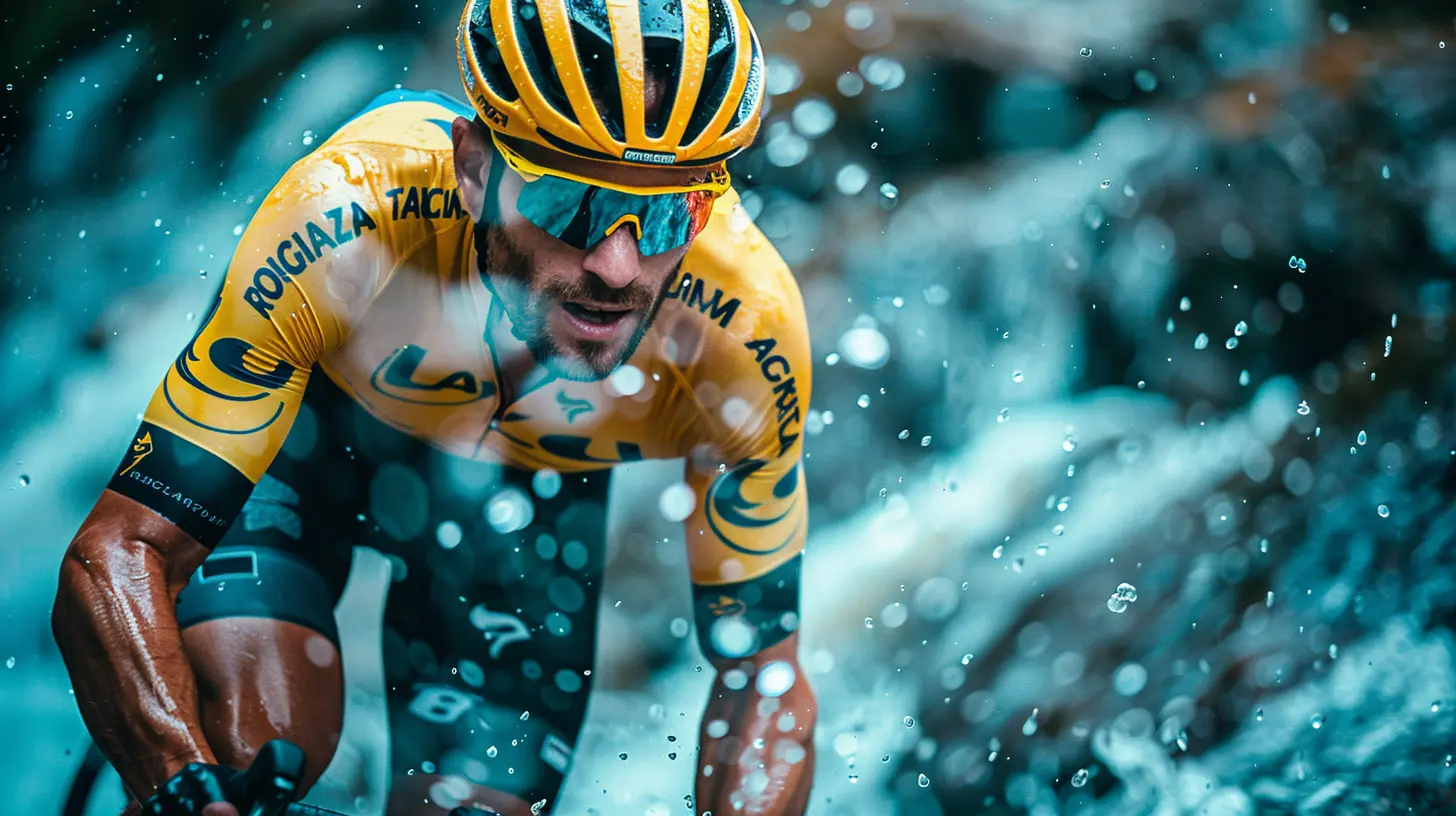
How Much Water Should You Really Be Drinking?
Ah, the million-dollar question. You’ve probably heard the old “8 glasses a day” rule – that’s cute, but totally useless for cyclists. How much you need depends on body weight, temperature, intensity, duration, and, yeah, how much you sweat (some of us are literal waterfalls on bikes).A Good Starting Point:
- Before your ride: Drink about 500ml (17oz) of water 1-2 hours before heading out. Top off with another 200ml (7oz) 15 minutes before.- During your ride: Aim for 500-1000ml (17-34oz) per hour. In hot conditions, this may go up.
- After your ride: Replace 150% of the fluid you lost. Weigh yourself before and after your ride to calculate losses. Every 1kg (2.2lbs) lost = roughly 1 liter (34oz) of water.
But remember, it’s not just about plain water.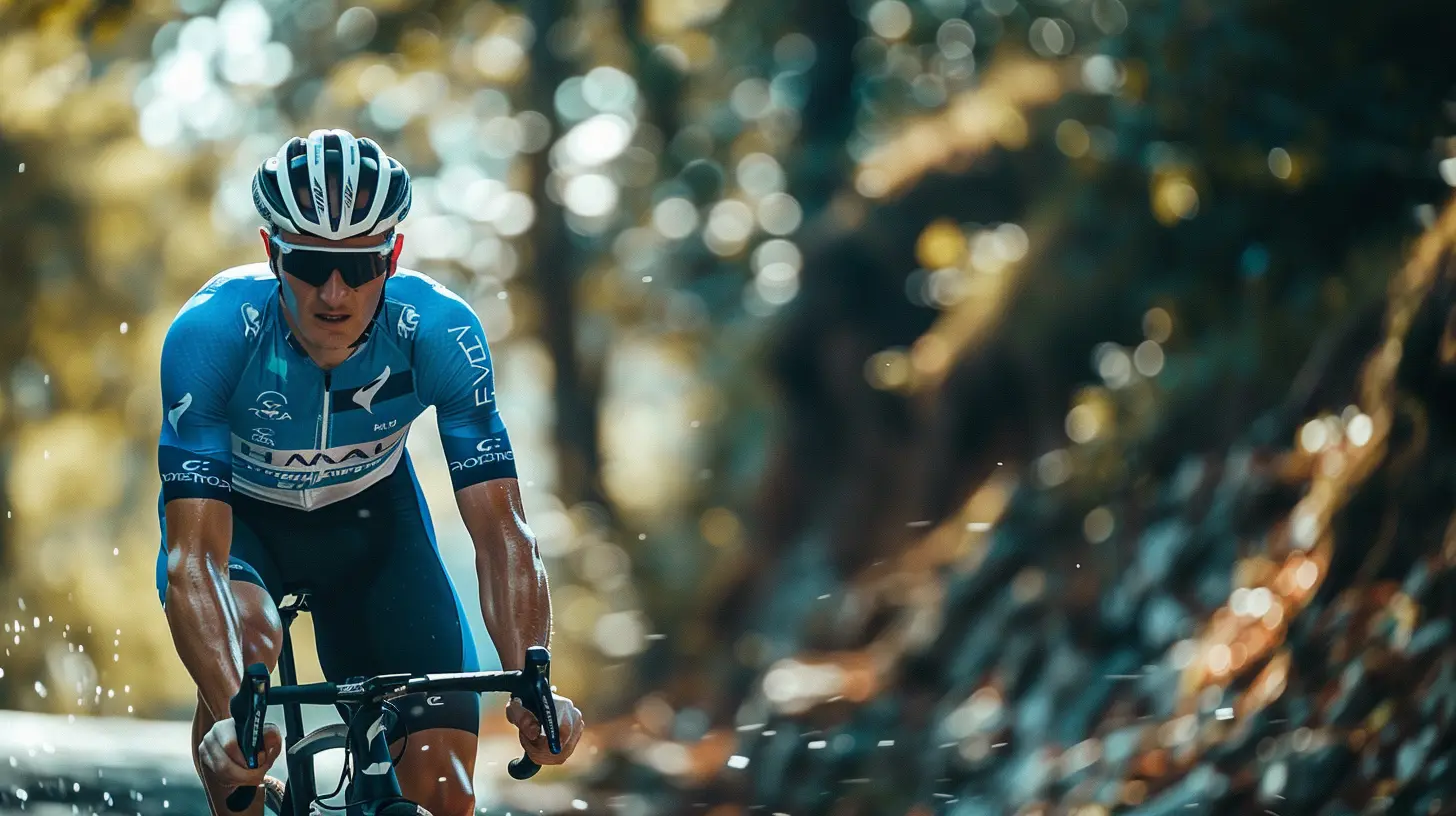
The Magic of Electrolytes (AKA Nature’s Performance Hack)
Water alone won’t cut it, especially on long, sweaty rides. Electrolytes help your body absorb fluids more efficiently and keep your muscles firing properly.Signs You Might Be Lacking Electrolytes:
- Muscle cramps- Fatigue
- Dizziness
- Headaches
- A sudden drop in performance
This is where sports drinks, electrolyte tabs, or even salty snacks come into play. You don’t need to get fancy – a banana, a handful of pretzels, or a mix of coconut water and a pinch of salt can work wonders.
The Dehydration Spiral: How It Wrecks Your Ride
Let’s say you ignore your fluid intake. What’s the worst that could happen, right? Think again.Stage 1: Mild Dehydration
You’re thirsty. No biggie. You push on.Stage 2: Moderate Dehydration
Your mouth is dry. You’re mentally fading. Your power output drops. Hello, cramps.Stage 3: Severe Dehydration
Your body’s screaming. Heart pounding. Cold chills in the heat. Nausea. Game over.You can try to push through, but your muscles are dry, your blood’s thicker than it should be, and even your sweat production drops – which means you stop cooling down. It becomes dangerous fast.
Hydration Strategies for Different Types of Rides
Let’s break it down based on the type of cycling you’re into.Long-Distance Road Rides (2+ hrs)
You need a hydration plan like a race car needs a pit crew. Carry two bottles – one with water, one with electrolyte mix. Plan to sip every 15 minutes. Don’t wait until you’re thirsty.High-Intensity Training
Even in shorter sessions, high efforts = major sweat. Pre-hydrate and take in small sips throughout. Recovery fluids are crucial here too.Mountain Biking
Off-road conditions mean more stops and starts, which can trick you into thinking you're fine. You're not. Hydration bladders (like CamelBaks) are great so you can sip continuously.Indoor Training (Zwift warriors, I see you)
No wind = more sweat. You might not even realize how much you’re losing. Use fans, and double down on fluids.Warning Signs You’re Not Hydrating Right
Ever felt like you were doing everything right, but still dragged through rides like you were pedaling through molasses? Hydration might be the missing puzzle piece.Here are the red flags:
- Chronic fatigue post-ride
- Dark yellow (or even brownish) urine
- Headaches
- Muscle twitches or cramps
- Decreased pee output (yes, we’re going there!)
- Unusual heart rate spikes
Your body’s trying to wave a giant red flag—you just need to listen.
Hydrating Like a Pro: Tips from the Trenches
1. Start Hydrated, Stay HydratedDon’t try to “catch up” mid-ride. Once you’re dehydrated, it’s tough to bounce back.
2. Use a Sweat Test
Weigh yourself before and after a ride, and log your losses. It’s eye-opening.
3. Preload on Hot Days
Using an electrolyte preload drink the night before and morning of a big ride can help you start ahead of the game.
4. Watch Your Caffeine and Alcohol Intake
Both are diuretics. Great for mood (sometimes), terrible for hydration.
5. Don’t Overhydrate
Yep, too much water can dilute your electrolyte levels and lead to something called hyponatremia. It’s rare but dangerous. Balance is everything.
The Recovery Hydration Equation
Done with your ride? Time to rehydrate. But not just with water — you need electrolytes, protein, and carbohydrates to rebuild what you broke down.Chocolate milk, recovery shakes, even salty snacks along with water can kickstart the process. Rehydrating within that first 30–60 minutes is key to speeding up recovery and getting you back in the saddle quicker.
Hydration Is Personal — Customize It
Here’s the deal: there’s no one-size-fits-all hydration strategy. Some people sweat buckets; others barely glisten. Some lose more sodium than others. Some can handle sugary electrolyte drinks; others need low-carb options.Track your rides, monitor how you feel, and maybe even try a sweat test service if you’re serious. Over time, you’ll dial in your perfect hydration plan. That’s your edge.
Final Thoughts: Hydration Is Your Secret Weapon
Let’s stop treating hydration like a backup singer in your performance band. Give it the headliner status it deserves.Proper hydration won’t just help you avoid bonking — it will supercharge your endurance, speed up recovery, and dial in your focus. The difference between crashing at mile 40 or feeling strong at mile 80? Often comes down to what’s in your bottle.
So next time you reach for the bike pump, don’t forget to fill those bottles. Trust me — your legs (and your PRs) will thank you.
all images in this post were generated using AI tools
Category:
CyclingAuthor:

Frankie Bailey
Discussion
rate this article
1 comments
Ardent Klein
Great read! Hydration truly is the unsung hero of cycling. I always feel the difference on long rides when I remember to drink enough. Cheers to staying hydrated! 🚴♂️💧
August 8, 2025 at 2:43 AM

Frankie Bailey
Thank you! Absolutely, hydration makes a huge difference in performance. Cheers to many more great rides! 🚴♂️💧
